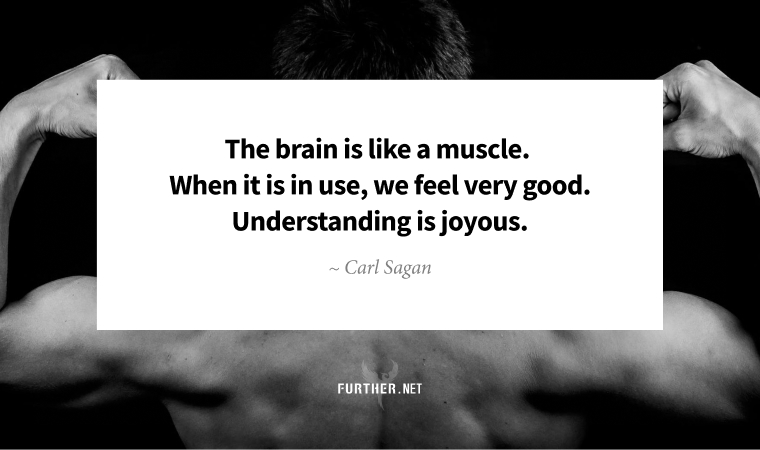
You don’t have to be a smarty pants to know that brain health becomes a big deal as you age. Most of my friends worry losing their keys or leaving the supermarket without the one thing they needed signifies waning cognitive ability (🙋♀️).
This concern isn’t unfounded, as research shows over time, parts of your brain shrink, neurons can become less effective at communicating with each other, and blood flow to your brain can decrease while inflammation increases.
The good news is it’s not too late to mitigate age-related cognitive challenges. For example, learning and speaking a foreign language can help stave off Alzheimer’s disease by up to five years. But don’t stop there, because lasting cognitive wellness requires you to put your whole head in the game.
That’s Using Your Noggin
Proud of your Wordle streak? Me too (98% win), but first things first: it’s not enough, according to neuroscientist Daniel Amen, MD.
When most people think about mental exercise, they think about crossword puzzles and other word games. This is a great start, but it’s only one piece of a total brain workout.
The baseline is a commitment to life-long learning (or, as Brian calls it, long-life learning). From there, you must get in the reps necessary to work each part of your brain.
Amen recommends considering each area’s primary functions when designing a brain training routine:
- Prefrontal cortex: Executive function (i.e., problem-solving) — practice meditation, play language-based games, or combine weights with aerobic activity
- Temporal lobes: Mood stability, temper control, memory, learning, auditory processing — memorize things or learn to play a new instrument
- Parietal lobes: Sensory perception and integration, spatial awareness — play math-related games (i.e., Sudoku), golf, or use a map (no GPS!)
- Basal ganglia: Movement, learning, forming habits, emotional processing — do activities that require balance or synchronization (i.e., yoga, pilates)
- Cerebellum: Coordinates movement and balance, influences cognitive functions — play sports that require coordination (i.e., pickleball, table tennis)
While the list of brain-boosting activities may include things you do here and there, the trick is to make optimizing your neuro health a daily priority.
Playing Those Mind Games Forever
According to Amen, to make new experiences a habit, start by dedicating at least 15 minutes daily for exploration. On top of that, find ways to stretch your mental capacity, like taking classes online or at a community college, picking up a hobby, cross-training, and switching up your routines, like brushing your teeth with your non-dominant hand.
The point is to engage in whole-brain fitness every single day. When you think about it, the ultimate flex is to keep your brain strong until it tells you it’s time to take your last breath.
How A Neuroscientist Strengthens 5 Key Brain Regions Daily (mindbodygreen)
